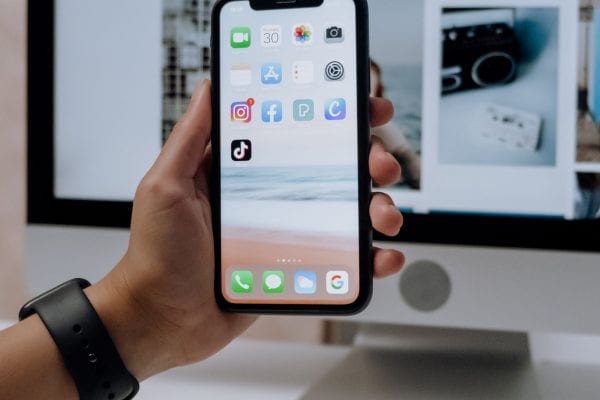Updated: 11/10/2022
Millennials, or those born in the early 1980s to the early 2000s, are the largest generation in America. They number around 75 million, presenting an enormous consumer group to marketers. Tailoring the user experience (UX) of your website and your brand to millennials is vital to the health and success of your business. Branding and marketing experts agree that the key to marketing to millennials is personalization. Build a hyper-personal website experience to capture the attention of the younger generation and to convert them into loyal customers for life.
Marketing in the Experience Economy
Marketers are experiencing what the industry has called the “Experience Economy.” In a nutshell, this is an economy where shoppers value experiences over material goods. Millennials are craving meaningful experiences with their friends and family, not necessarily the latest shiny new thing. The same is true for the experience they expect from brands. Capitalize on this type of economy by giving your target consumers the experience they want. It starts on your website.
As a marketer, it’s your job to guide customers through the sales funnel, from lead generation to conversion. In this day and age, this no longer means boasting the cheapest prices or plastering pop-up ads on the web. It means creating an intriguing and engaging customer journey. Millennials are interested in a different type of relationship with a company than their older counterparts. They want to feel intimately connected to the brands they support. How do you accomplish this in the digital age, where face-to-face interactions are far and few between? Master personal interactions on your website.
In the Experience Economy, personalization is king. Through smart use of customer data and technology, you can tailor your website to meet the needs of the consumers you’re targeting. This involves tracking user data, analyzing it, and making changes to your site to adapt to their needs. Building a customized website based on key performance indicators (KPIs) is the best way to have a site that speaks to your customers – most importantly, to millennial shoppers.
How to Make Your Customer Journey More Personal
There are hundreds of ways to make the customer journey more interactive, personal, and engaging. Something as simple as adding non-stock photos of your real business and staff members can help your customers get to know your brand on a deeper level. Total personalization requires updating your site from beginning to end. Start by revamping your homepage. The average homepage, according to many industry sources, is dead. Millennials want a homepage that’s personalized for visitors as soon as they click onto a page.
Personalizing your homepage can increase the quality of the leads you capture, and make it easier to engage with them and seal the deal at checkout. The only way to make personalization succeed, however, is to know exactly who you’re targeting. The more in-depth your buyer personas, the easier this process will become. Create real people in as much detail as you can for your personas. Then, create a homepage and the rest of your website based on what this person would want to see – what he or she needs from your company.
Updating your site and strategies to market to millennials is about more than just switching up your content and including more keywords. It sometimes takes a complete revamp of your site, from its layout to your marketing tactics. You need to be able to identify your specific audience, know what they find important, and provide a unique experience that they can find only with your company. If you don’t know where to begin on your personalization journey, start with a professional analytics company.
Master Millennial Marketing with Help from Experts
Customized website building is imperative in the modern age – but you need the tools, techniques, and technologies to create a site that shines from beginning to end. This might take help from expert website designers and marketing teams. Making UX more personal takes efforts such as:
- Recommending products based on user history. This is part of why Amazon thrived from the beginning. Use cookies to track user browsing, and then give recommendations based on prior purchase and browser history. Thirty-five percent of purchases Amazon generates are through its recommendation engine.
- Customizing product displays. Research shows that 59% of online shoppers say it’s easier to find products they want on personalized ecommerce sites. Recommend your new products, but also show product displays that are unique to each customer based on their browsing location, history, and other personal information.
- Cross-selling items. Build site content and product recommendations based on your users’ buying histories. Promote upsells and cross-sells to create a more customized, positive buying experience. Making smart buying choices easy and obvious is a great way to guide buyers through the sales funnel.
It’s no longer enough to build a Wix site and call it a day. Millennials will probably never see your site – much less navigate it through to conversion – unless it’s personalized. Millennials crave a unique, customized UX from the moment they interact with your brand. How does the average business go about this mountain of a task? It starts with the data you collect. The data you gather on your target shopper will inform the rest of your website design strategy. Without data, you’ll be designing blind, with only generic information to guide your path. Working with the right design company makes all the difference.



